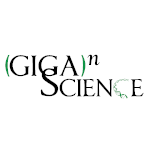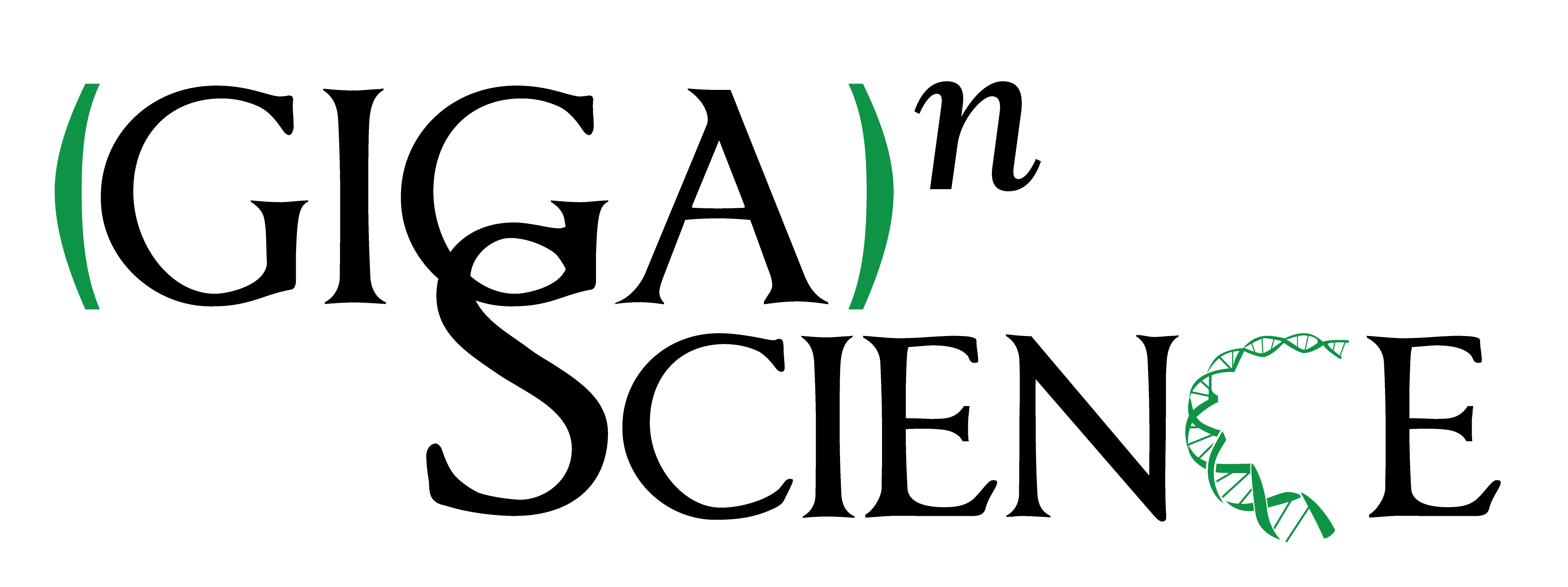Health Data Nexus: an open data platform for AI research and education in medicine
This article has been Reviewed by the following groups
Discuss this preprint
Start a discussion What are Sciety discussions?Listed in
- Evaluated articles (GigaScience)
Abstract
We outline the development of the Health Data Nexus, a data platform that enables data storage and access management with a cloud-based computational environment. We describe the importance of this secure platform in an evolving public-sector research landscape that utilizes significant quantities of data, particularly clinical data acquired from health systems, as well as the importance of providing meaningful benefits for three targeted user groups: data providers, researchers, and educators. We then describe the implementation of governance practices, technical standards, and data security, and the privacy protections needed to build this platform, as well as example use-cases highlighting the strengths of the platform in facilitating dataset acquisition, novel research, and hosting educational courses, workshops, and datathons. Finally, we discuss the key principles that informed the platform's development, highlighting the importance of flexible uses, collaborative development, and open-source science.
Article activity feed
-

We outline the development of the Health Data Nexus, a data platform which enables data storage and access management with a cloud-based computational environment. We describe the importance of this secure platform in an evolving public sector research landscape that utilizes significant quantities of data, particularly clinical data acquired from health systems, as well as the importance of providing meaningful benefits for three targeted user groups: data providers, researchers, and educators. We then describe the implementation of governance practices, technical standards, and data security and privacy protections needed to build this platform, as well as example use-cases highlighting the strengths of the platform in facilitating dataset acquisition, novel research, and hosting educational courses, workshops, and datathons. …
We outline the development of the Health Data Nexus, a data platform which enables data storage and access management with a cloud-based computational environment. We describe the importance of this secure platform in an evolving public sector research landscape that utilizes significant quantities of data, particularly clinical data acquired from health systems, as well as the importance of providing meaningful benefits for three targeted user groups: data providers, researchers, and educators. We then describe the implementation of governance practices, technical standards, and data security and privacy protections needed to build this platform, as well as example use-cases highlighting the strengths of the platform in facilitating dataset acquisition, novel research, and hosting educational courses, workshops, and datathons. Finally, we discuss the key principles that informed the platform’s development, highlighting the importance of flexible uses, collaborative development, and open-source science.
This work has been peer reviewed in GigaScience (see https://doi.org/10.1093/gigascience/giaf050 ), which carries out open, named peer-review. The following review is published under a CC-BY 4.0 license:
Reviewer: Hollis Lai
The purpose of the paper is to demonstrate the adoption of PhysioNet as a medical data sharing platform. The authors outlined the process, workflow, and approval chain required to facilitate such process. The manuscript also provided initial data use and adoption to demonstrate feasibility of such platform. This is a difficult subject to publish as authors do demonstrate the use of platform, but it is difficult to present this subject in a scientific basis.1. The authors describe the datalake require for sharing medical data and does a good job on describing the administrative processes required for such datalake. However, how does this differ from the literature of other platforms? Why was this platform adopted and not other approaches? What information is provided in this adoption that other approaches did not consider or would need to know. I think there is an established literature out there on health data sharing platform that the authors should acknowledge, and highlight how this approach is needed to address these issues.2. The authors highlight adoption data, but no evaluation data was solicited nor provided. Such information would be helpful to know if we were to evaluate how this creation could be replicated. I think there are many great use cases for this outcome but very little is discussed on how it could be applied in the field. For example, is this a method paper promotine others in adopting the platform? or is this a paper demonstrating how others can develop similar platforms?3. There was acutally no relation to AI other than the use of data holding for AI training. The data holding would make sense for UToronto as the process and approvals are built based on local institution requirements. I have tried to access the system as an external and found it intuitive. But, other than building this platform for the purposes of UToronto holding data for UToronto researchers, is there any plans or process for adopting holdings for other institution? How should other users perceive this information? Could other holdings such as administrative data be used?I think the presentation of the article has merit but more needs to be done to capture what has already been done in the field and why this solution also needs to be presented (contribution to the field).
-
-

